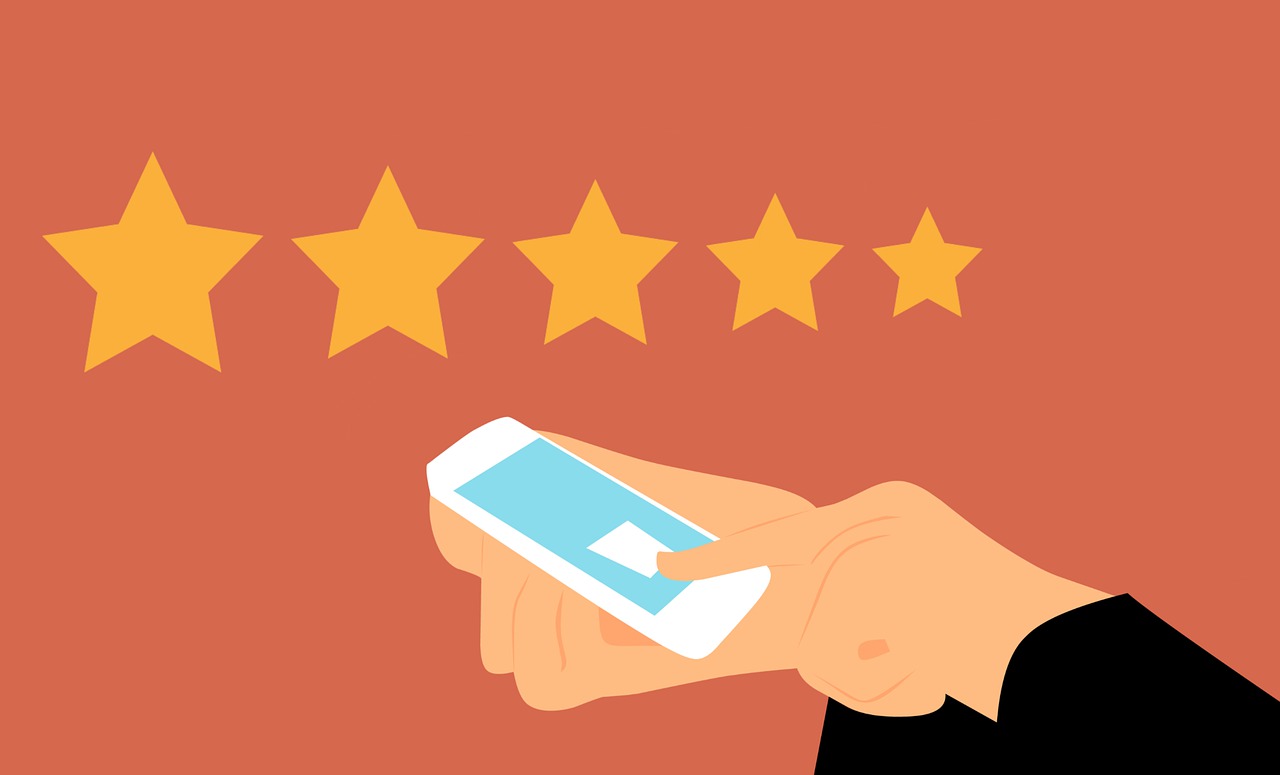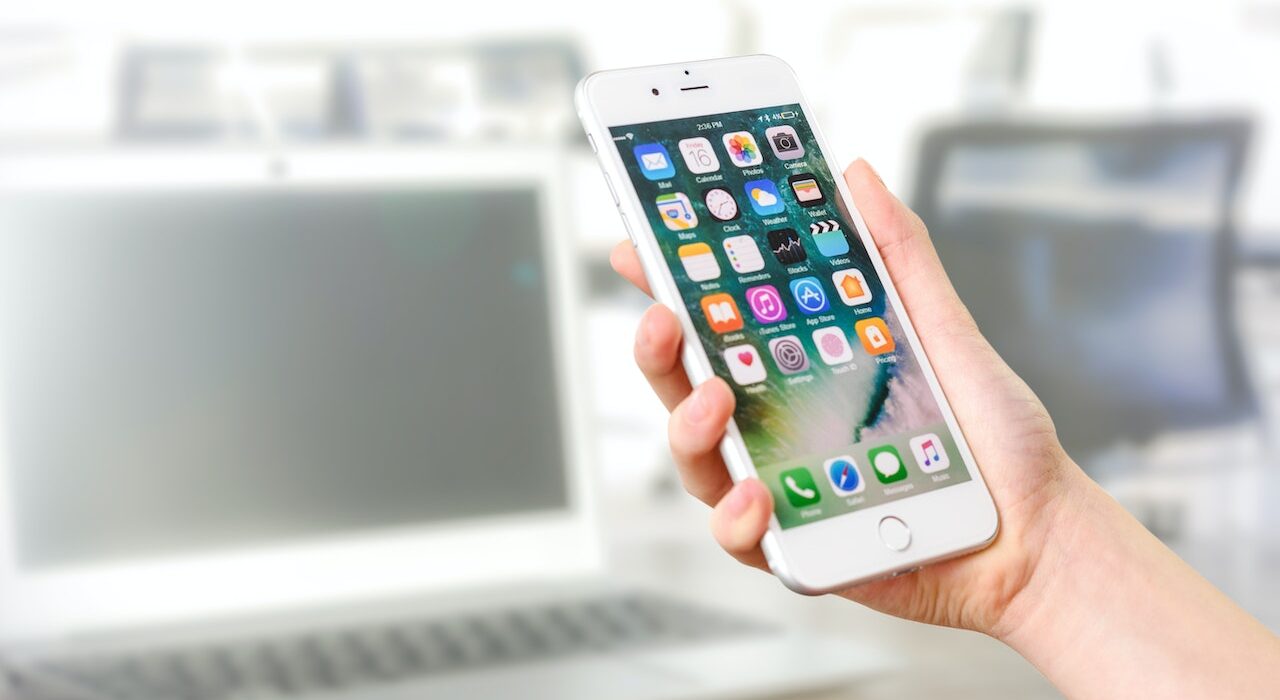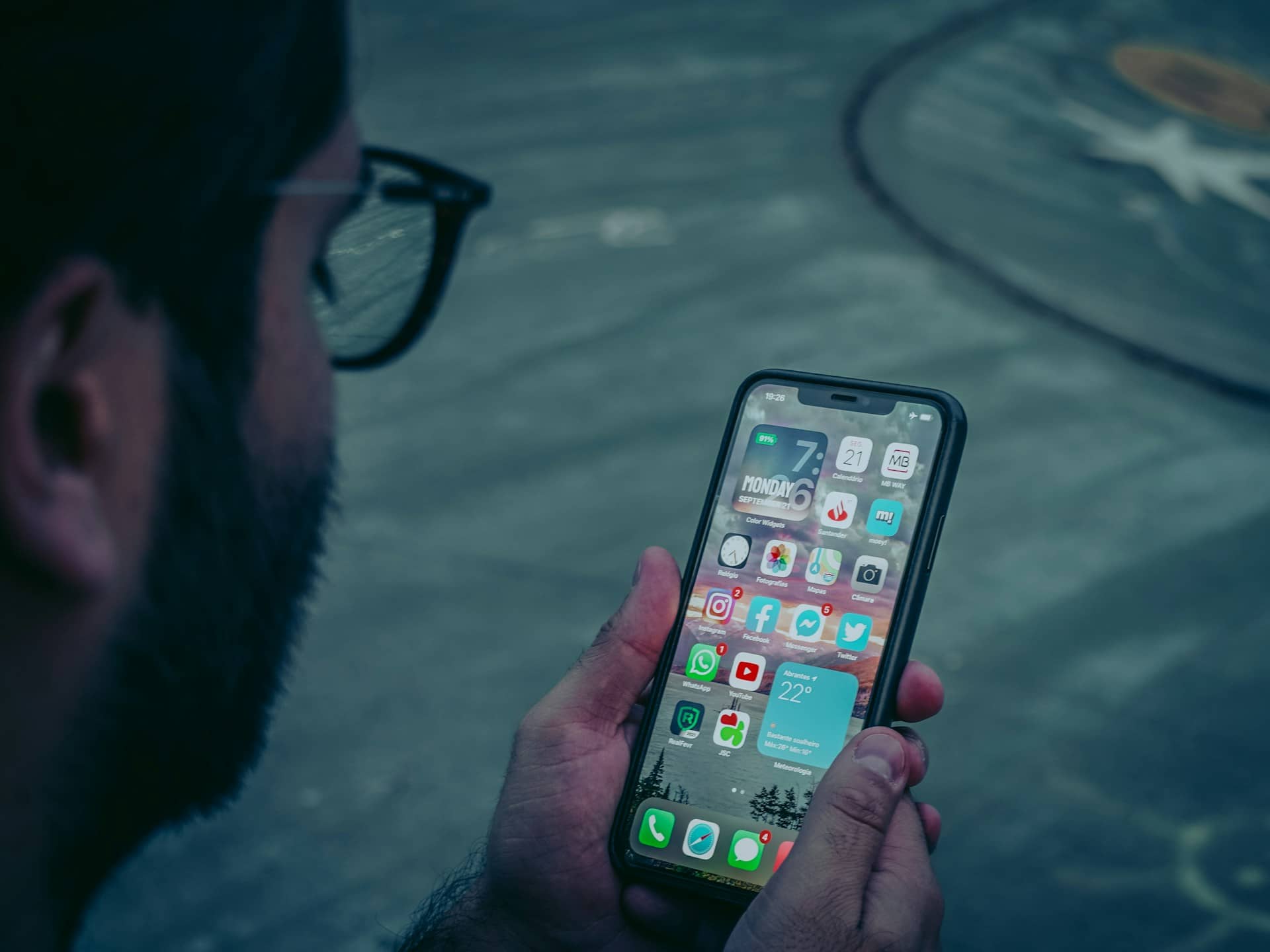Software for Windows, macOS, Android, and iOS is widely available, but not all apps have been created with the best of intentions. There are programs available that were created to steal your data, corrupt your files, monitor your online activity, and covertly extract money from you. The good news is that a few simple checks can direct you away from sketchy apps and toward apps you can trust and rely on. Using this quick checklist while evaluating software for your computer or phone should enable you to identify the major warning signs.
1. When was the app created and last updated?
There should be a statement about when an app was last updated wherever you are downloading it from. For instance, on the Google Play Store for Android smartphones, you can tap About this app on any item to see when it was most recently updated and what was included in that version. Tap Version History on iOS. Although outdated software from the past year or so isn’t necessarily bad, be cautious: It is less likely to be compatible with the most recent version of the operating system you are using, and because it hasn’t been patched against the most recent threats, it is more likely to have security flaws that malicious parties can take advantage of.
Don’t blindly believe brand-new software either. These kinds of apps might be designed to earn money rather than provide a positive user experience or respect your privacy, and they may have been hurried out to capitalize on a trend (e.g. ChatGPT extensions). It could be wise to wait till you’ve read some reviews of the potential app.
2. Check the reviews

User reviews can be a helpful tool for determining an app’s quality. To find out what other people think of the software, go through the reviews sections of the official app stores, but in other cases, you may perform a quick online search using the app’s name.
Check multiple reviews rather than relying on just one or two, and search for recurring patterns rather than singular occurrences (the customer isn’t always right). Check out what users are saying about issues and crashes, for instance, and how support calls have been handled in the past. Of course, reviews can be fabricated, even if they are many. Be wary of reviews that are overly brief and enthusiastic, as well as those written by people whose identities are impersonal or appear to have been generated by a bot. Trust reviews that are longer and more in-depth and that appear to have been written by someone who has actually used the software the most.
3. Who developed the app?
The creator of the software should have their name prominently displayed on the app listing or website you’re downloading from, and it doesn’t hurt to do some research on them. It’s obvious that a piece of software is reliable if it comes from a well-known brand.
You can also tap the developer’s name on an app listing on Android or iOS to view additional apps from that developer. If they’ve created numerous apps with high reviews, that’s a good sign. Additionally, it’s encouraging to see developer responses to user reviews because it implies that the software’s creators care about it.
It’s not nearly as simple to check up on the developer of an app you’re downloading from the wilds of the internet, but a fast Google search for their name should provide some guidance. For example, developers without a social media or online presence ought to be approached with caution.
4. The price can have a meaning as well
Pay close attention to how much an app costs, including any initial prices and ongoing charges: These details are published on the app sites for Android and iOS, and they should be easy to access on other platforms as well. You don’t want an app that will try to con you out of money, but you also need to understand how the development costs are covered.
There are no hard and fast rules, but regardless of the size of the independent developer or the largest brands in technology, if an app is fully free, it is most certainly financed by data collecting and advertising. Freemium models are also widespread, in which some features are hidden behind a paywall.
If decide to install an app, carefully read the terms and conditions and the opening splash screens. Be careful when signing up for any free trials because they could charge your credit card unexpectedly after a month even if you’ve removed the program.
5. Check the permissions it requires
You should be able to see a list of the permissions an app needs when you download it from an official app store, like if it needs access to your camera and microphone. When these permissions are required, prompts may also appear on your smartphone or laptop. Watch out for requests for permission that seem excessive or illogical as they could be signs of unreliable software. For example, a calculator app probably wouldn’t need access to your camera.
Apps should ideally tell you why they require the particular permissions they do. For instance, access to your contacts can be utilized to quickly share files with friends and family without obtaining any of their personal information. It’s not an exact science, but it’s an additional method of deciding if you want to install a specific program.
It’s possible to modify an app’s permissions after you’ve already installed it, and you should do so periodically because settings may change as the app’s creators update it. You can restrict a piece of software’s access to permissions rather than uninstalling it if you believe it is using permissions in ways that are inappropriate.





